A visit from the lagoon squad: can biodiversity save Venice?
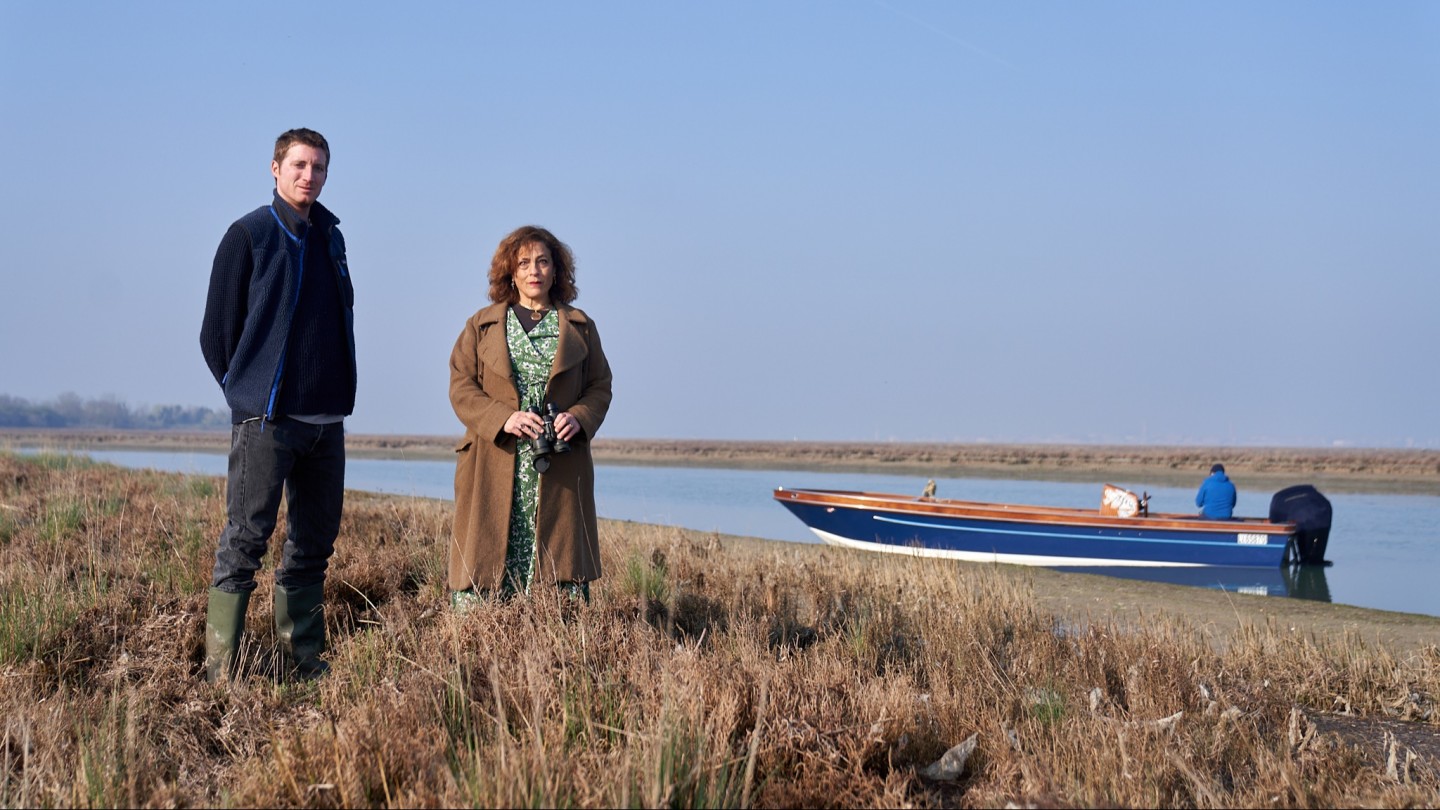
Roula Khalaf, Editor of the FT, selects her favourite stories in this weekly newsletter.
You may have clocked that Venice is celebrating its 1,600th birthday this year. Many people know the history of the Most Serene Republic, the great beauty that held sway over Mediterranean commerce for centuries. Not nearly as many know she was born in the wild – a full 550sq km of it, in fact, a pristine lagoon ecosystem of uninhabited islands, salt marshes and intertidal mud flats that, bar the odd hunter or fisherman, were almost entirely the preserve of nature.
If you venture far enough into the lagoon today, you’ll find traces of that wilderness still remarkably intact. More than a hundred bird species, from mallard and teal ducks to cormorants to flamingos, make it their home for part or all of the year. A diversity of fish and crustaceans still thrives. Press north-west, beyond Santa Cristina island toward Lio Maggiore, and the landscape expands in a series of exhilarating horizontals, green and gold and often surprisingly humanity-free, under a cathedral of diaphanous blue sky.
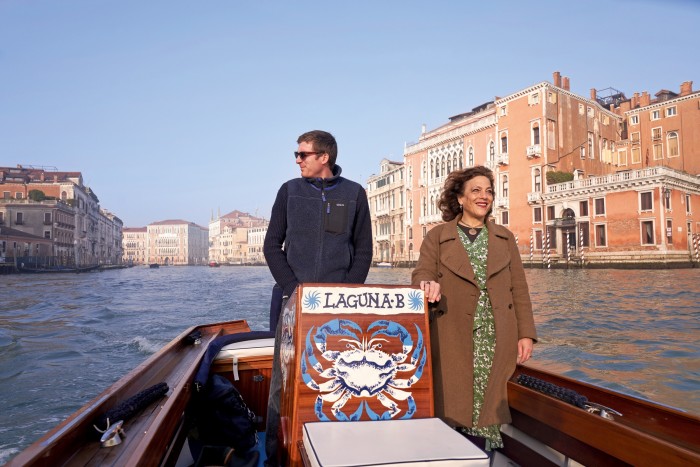
Few people who visit Venice (a number estimated pre‑pandemic to be as many as 30m a year, inundating a city with a static population of only about 55,000) ever see them. They speed across on the much-plied channel from Marco Polo airport; or trundle over from the mainland by train; or cruise in on one of the controversial liners that only in March were banned from the Giudecca Canal, disgorged by the thousands daily onto narrow quays. Some venture to Torcello and Burano, getting a taste of what lies further out; but the vast majority arrive, and leave, with no sense of the lagoon’s breadth, let alone the scale of its natural capital.
If Jane da Mosto has her way, that will soon change. In 2015, da Mosto co-founded We Are Here Venice (WahV), a non‑profit association to “address Venice’s challenges as a living city and advocate evidence-based approaches to policy-making”. She has a very Venetian surname by marriage, and for 25 years has called a canalside palazzo her home. She was born in South Africa, though, and raised in the UK, earning degrees in zoology and environmental technology from the University of Oxford and Imperial College London. When she moved to Venice two and a half decades ago, she was less interested in flitting between Carnevale galas and more in studying the ecological health of the lagoon. Today, few people have a better understanding of its fragility, or of the industrial, social and political issues that affect it. It’s a competency that sets her apart from other preservationists here; the city’s roster of private committees – Save Venice, Venice In Peril and Venetian Heritage prominent among them – have long taken cultural capital, rather than the natural environment, as their cause.
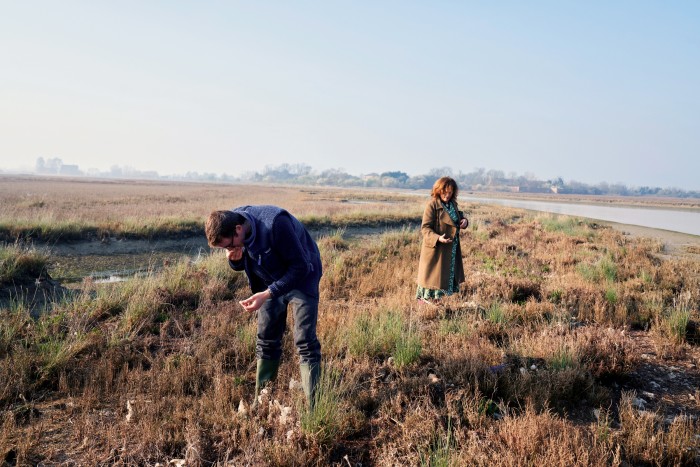
Da Mosto’s message is that the future of the former depends to a massive degree on that of the latter. “The city and the lagoon are inseparable elements of a single system,” she says. “Ecosystem restoration is not selective. This idea that protecting cultural heritage is a developed-world thing, and protecting natural resources is instead relegated to the developing world: it doesn’t make sense.” Venice, built centuries ago, much of it atop thousands of alderwood piles sunk into alluvial silt – and, as the world knows, mortally oversubscribed from a tourism standpoint – is the definition of a fragile metropolis. Lose the ecological health of the lagoon, she says, in particular the attenuation of tidal currents that healthy wetlands provide, and all the fresco-restoration fundraisers in the world won’t preserve it in the long, or possibly even the medium, term.
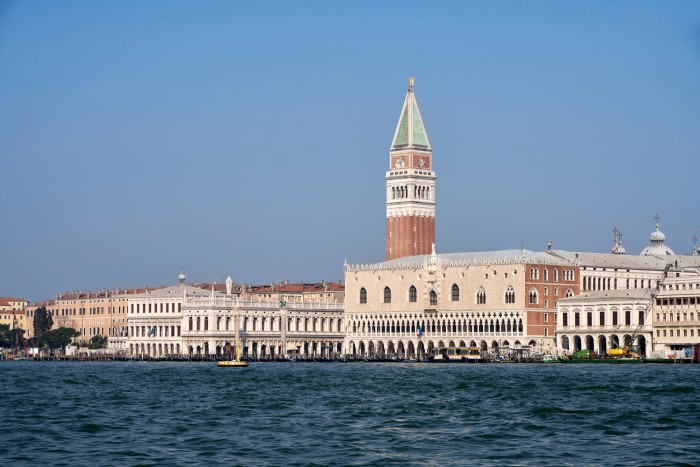
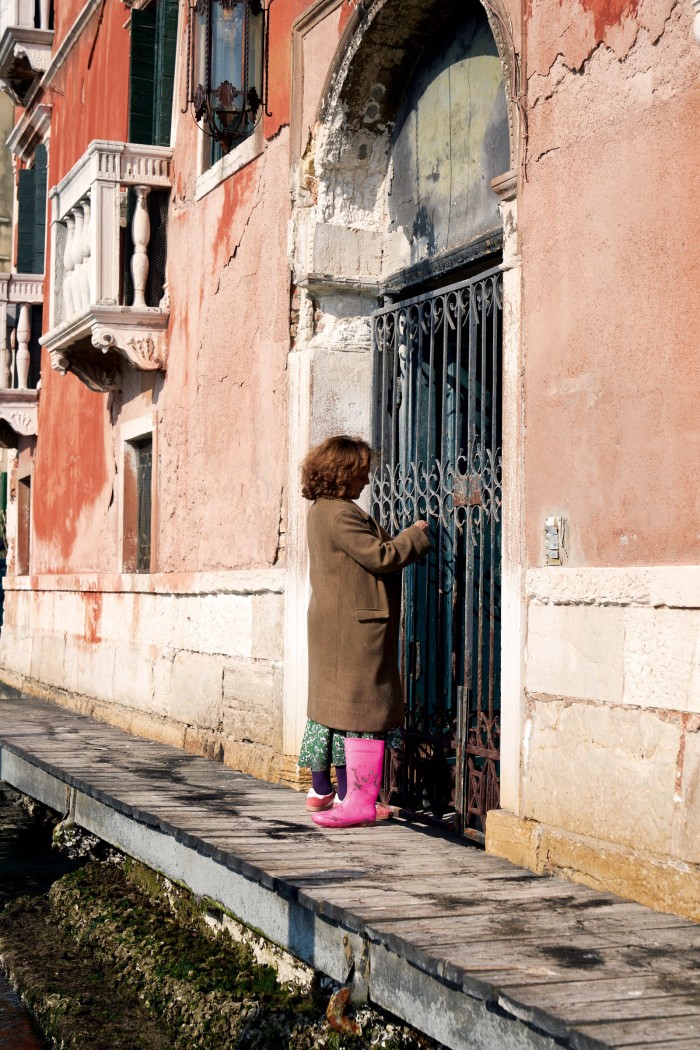
Da Mosto isn’t necessarily the first to voice the wisdom of consolidating the lagoon and the city in a single cultural/natural capital proposition; but WahV is unique in marshalling so many resources in pursuit of that goal. In 2019, along with Marcantonio Brandolini d’Adda, the 29-year-old creative director of artisanal glassware makers LagunaB, and a team of scientists from Ca’ Foscari University, the University of Padua and the University of Cambridge, she undertook an ongoing analysis of the lagoon’s barene, or salt marshes. The study is part of a threefold proposal: to establish their health and carbon-absorption capacities; to create new marshlands; and to leverage them in a groundbreaking environmental restoration of the lagoon that may eventually include a formal carbon-offset programme, supported in large part by local businesses.
Petite, with a halo of unruly auburn hair and striking, wide green eyes, da Mosto is an intellectual dervish; she speaks rapidly and passionately while speeding me from the Arsenale over to Murano for a quick working lunch or striding – fast – along the raised walkways of the Calle Giazzo in Castello. Fact-backed opinions tumble forth on myriad issues, from proposed tourism fees to delaying the Biennale d’Arte to, of course, the cruise industry. She’s unappeased by the recent ban on ships entering the city proper: “This new route will still damage the ecosystem, with inevitable negative knock-on effects. Of course we want to protect Venice, but shunting the pollution and damage to a different location isn’t an answer. The cruising industry as currently configured is totally unsustainable… we need concerted global action to force it to scale down and clean up.”
But da Mosto’s passion for the nature that surrounds the city is genuinely galvanising. “Along with the carbon sequestration of the salt marsh, there are all the other ecosystem services we get from it – sustainable fishing and aquaculture, water quality, incredible biodiversity, reduction of waves, attenuation of water levels,” she tells me. “All those other things it’s doing, while taking emissions out of the air. It’s like a mega win-win opportunity.”
Brandolini d’Adda has known da Mosto socially for years through his late mother, LagunaB founder Marie Brandolini. When in 2019 he commissioned a life-cycle assessment of LagunaB’s carbon profile (glassmaking is one of the most energy-intensive industries in the lagoon), the two bonded over their common concerns, and he joined forces to help finance the WahV research. “My father was really passionate about nature, and the water,” he told me when I visited him on Murano, where LagunaB frequently works. “We were out there in boats all the time. Then I worked for three months in the boatyard of [legendary seven-time regata storica winner and master builder] Franco Crea, on Giudecca; he taught me a lot of what I know about this ecosystem, and how necessary it is to manage it sustainably.”
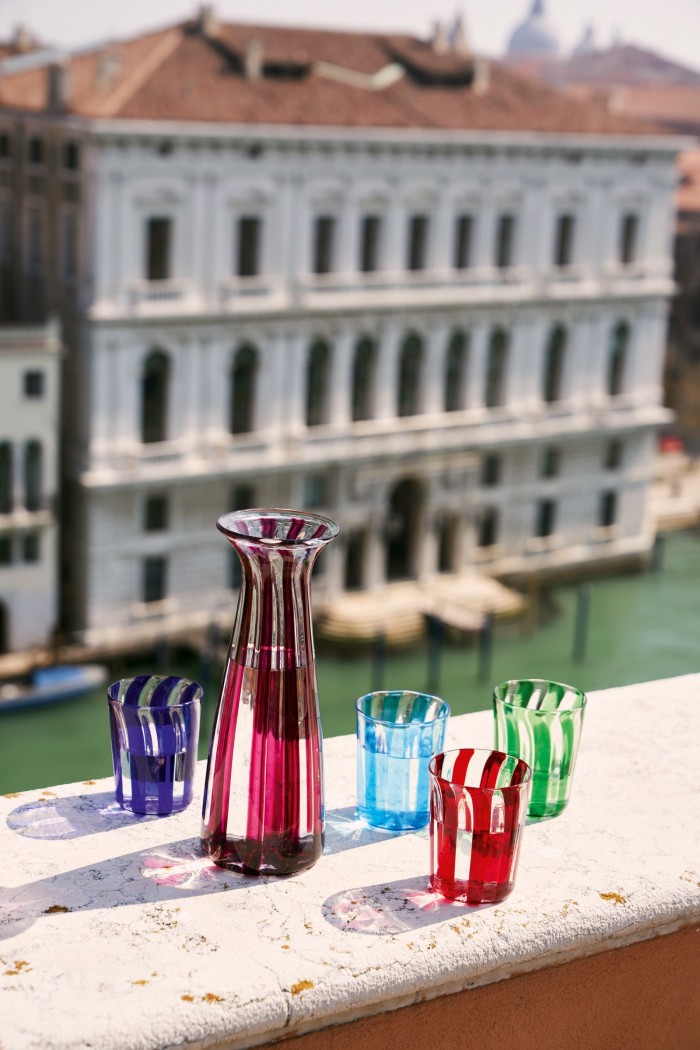
Seeing all of this first hand is, of course, more impactful than hearing about it. One sunny high-tide morning, Brandolini d’Adda took me cruising in the salt marshes north-east of Murano, above Lazzaretto Nuovo island, with a pair of WahV researchers. The water – clearer (and more teeming with life) in the canals of the city than it has been in years, as was visible all over the internet these past 11-odd months – was, out here, positively limpid. A trio of glossy ducks paddled unhurriedly just beyond our bow as we drifted; small waders picked their way along muddy banks, high-stepping on pipe-cleaner legs, their reedy calls answered by the faintest thump of machinery working somewhere back towards Murano. Between low masses of land topped with short, bristling vegetation – sea lavender, glasswort, marsh samphire – channels of seawater flowed translucent blue-green. Seagrass, that carbon-absorption powerhouse of coastal zones, was clearly visible beneath the surface, undulating in patches against a grey-brown silt bottom as we passed above. The researchers, kneeling with their torsos hanging over the gunwale, pointed and murmured approvingly at the state of them, occasionally explaining what they looked for to assess the system’s wellbeing. For long stretches at a time, we saw no other boats. To the south, Venice was a low terracotta-hued brushstroke on the horizon.
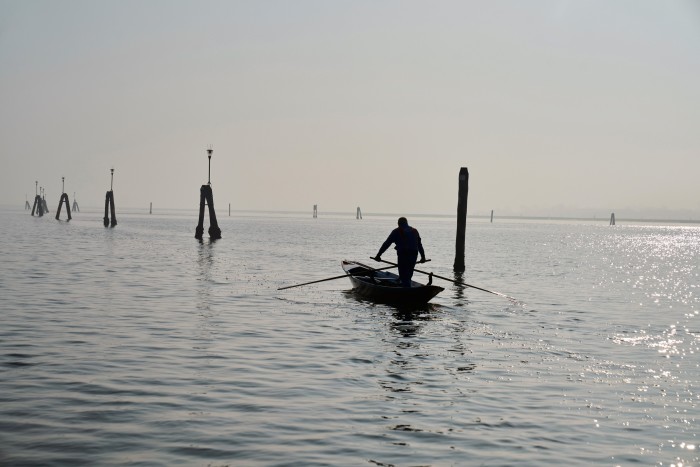
Vegetated coastal wetlands play crucial roles in the health of environments. They are sources and purifiers of water; they protect against both drought and flood; they support a wealth of organisms, from micro-planktons to megafauna. They are also hugely effective carbon sinks. A 2018 study found that salt marshes – areas of “blue carbon”, in sustainability parlance – have the capacity to absorb and stably store CO2 at many times the efficiency levels at which forests do; more efficiently than any other ecosystem.
The barene cover only a sixth as much of the lagoon as they did 500 years ago, da Mosto says. Morphologic material – mud – that’s dredged from the lagoon floor by the Port Authority is being deployed to a site for the creation of new barene, with WahV researchers working in tandem with it to improve the results in ecological terms (a rather ground-breaking bit of collaboration in itself). Should those results bear out as preliminary research seems to indicate they will, Brandolini d’Adda and da Mosto plan to create a scheme for businesses to counterbalance their environmental impacts by donating to the effort – and, if it succeeds, by participating in an eventual carbon-offset programme.
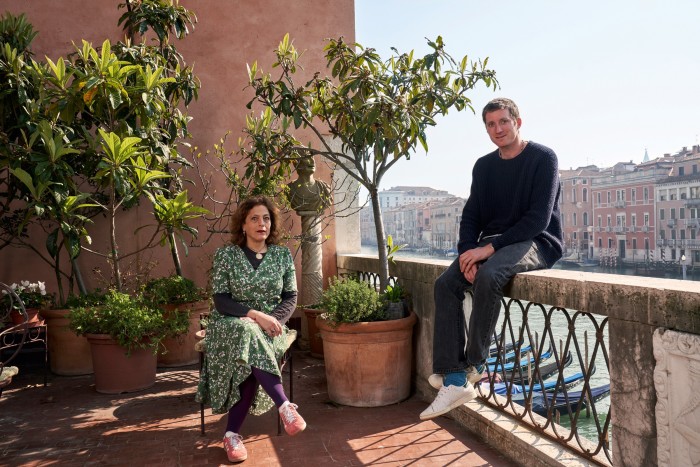
It’s a circular proposition: the greater the partner support, the more marshland can be created and protected; the more protected ecosystem exists, the greater the benefits to lagoon and city. The monetary values the team attaches to these benefits are noteworthy: preliminary calculations point to the potential for revenue generation in the hundreds of millions of euros by 2050 – figures to rival what the cruise industry currently brings in. The hope is for a wide array of businesses to partner with WahV, among them hospitality and tourism companies, from hotels to restaurants, even transport suppliers (and, it would seem obvious, the cruise ship companies). Da Mosto and Brandolini d’Adda see potential for an experience not unlike the morning I spent with him – an hour or two on a boat, with someone from the project on board to walk you through how it works – attached to sponsorship; something a participating hotel, for instance, might offer its guests. “It’s kilometro zero environmental rehabilitation,” says da Mosto. “You can actually go and be right in the middle of what you’re supporting.”
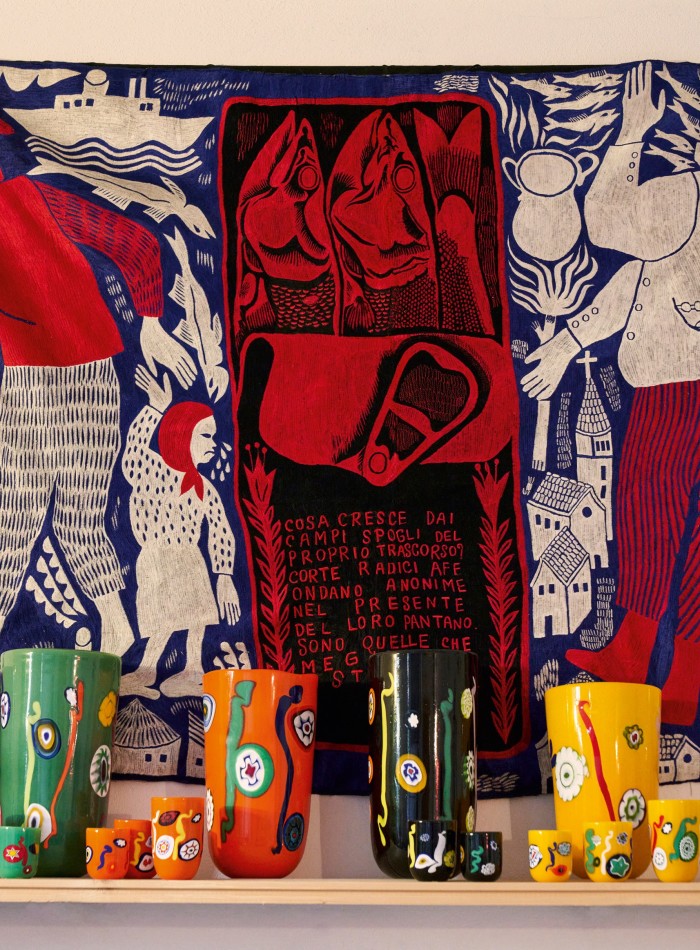
But there are reasons that the WahV literature, particularly the carbon-offset proposal, is lush with conditionals, and it’s not only to do with delicate Comune di Venezia politics. Offsetting was a brilliantly simple concept that has proliferated into a diabolically complex and opaque industry. Think about the box you tick, donating £1 or $2 or €5, when you buy a flight or rent a car, towards an offset programme that is quantified – how? By whom, with what accreditation? And the offset happens… where, exactly? (Ah, yes; “the Amazon”.) Are you offsetting the cutting of forest by planting new trees, or are you funding new protection of old forest? And how do you know it’s not actually already protected? And, importantly, is a certified CO2 offset really the best way for the individual traveller to pay it even?
Carbon balance – particularly mitigating the cost of your presence in a destination – has gained traction and is increasingly requested of operators, travel designers and even hoteliers by their clients. Some of these opt to partner with a single offset organisation; others work with a host of regional or local ones. But still others question the panacea perception of the formal carbon-offset solution.
“The cost of being accredited is huge and there are significant certification hurdles, because it’s very linear,” says Delphine Malleret King, executive director of The Long Run, a UK-based membership consortium of tourism businesses that protect and regenerate ecosystems. “It’s far beyond most of our members’ ability. The other thing is that many of them conserve, rather than restore, biodiversity” – which can, due to that linearity, preclude carbon-offset status. Malleret King has spent years examining the options: “We’re linking, in a more informal way but with quality assurance, the traveller’s footprint with benefits to the ecosystems – looking at the carbon-sequestration value of the environments our members are already protecting. It’s not certified-official, but it does quantify a net-positive impact. And real transformation happens when travellers become participants in activities that positively impact a place they’ve connected with on a deeper level.”
This is WahV’s strength. “The goal was always to balance here,” Brandolini d’Adda says. “It’s important to do it where you are.” It’s early days to know definitively whether a carbon offset will eventuate; but meanwhile there’s a biodiversity-support project with quantifiable benefits happening just a few kilometres from St Mark’s Square – one that will be physically accessible to its sponsors, whether a prestigious artisanal glass-blowing enterprise or a hotel guest eager to tread a bit more lightly in this most overtrodden of places. Soon, da Mosto and Brandolini d’Adda hope, those curious about how to support their goals will be able to do as I did: hop in a boat – it might even be LagunaB’s own, Crea‑restored vintage skiff – power out to those green, blue and gold horizons, and get to grips with a new way to save Venice.
lagunab.com, @lagunab_official; thelongrun.org,
@thelongrunorg; weareherevenice.org, @weareherevenice
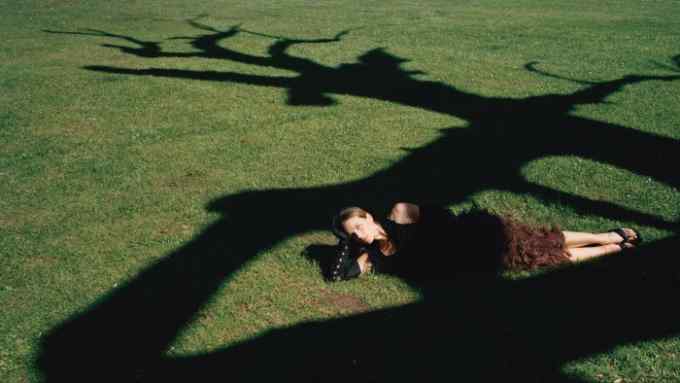
Comments